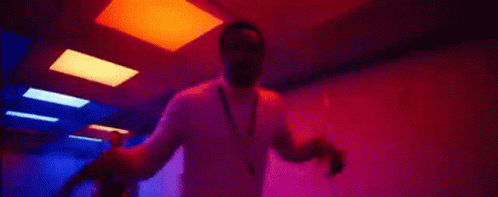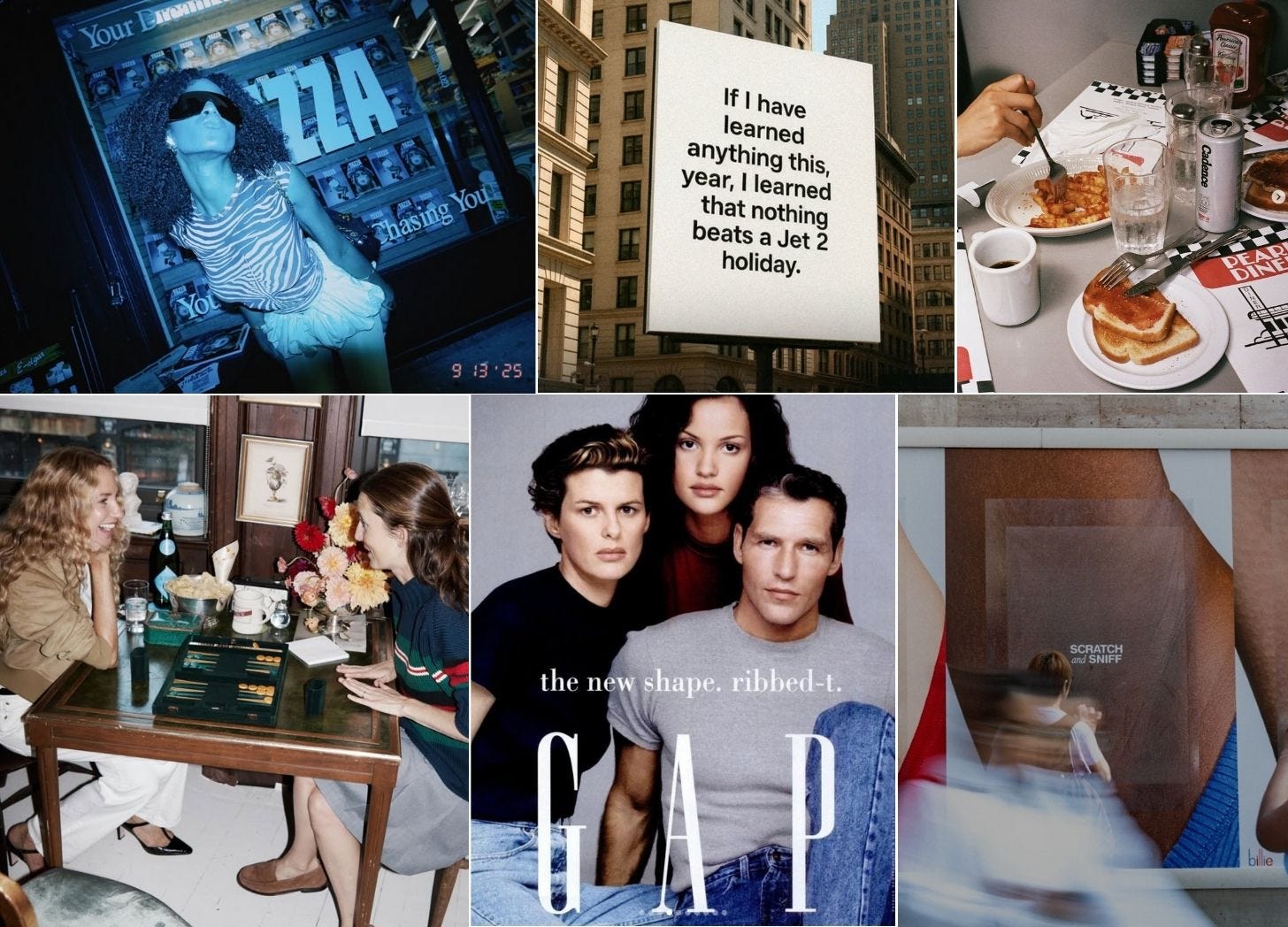The irreplaceable messiness of being human, a reminder about failure, plus is the nostalgia trend right for your brand?
The Substack is back – with a new format...
When the Robots Come for Our Jobs
Lately I’ve been listening to a lot of conversations about where artificial intelligence is headed, about embodied machines that can think and move, combining super-intelligence with physical dexterity.
Unsettling to be sure, but it’s also a compelling thought experiment: what happens when we’re no longer the smartest or most efficient option? If robots can perform knowledge work and manual labor better, cheaper, and without coffee breaks, where does that leave us?
I’ve become fascinated with the question: what makes humans indispensable?
(I promise this is a motivational read btw… Stay with me.)

The Irreplaceable Messiness of Being Human
Machines excel at speed, scale, and precision. They can predict what we might want next and churn out content or code at impossible rates.
What they can’t convincingly reproduce is the very thing that makes us magnetic to one another: our contradictions, quirks, and nuance. The je ne sais quoi of being human. Humor that lands because it’s slightly off-beat, the creative leap that comes from lived experience, the empathy that surfaces from a lifetime of mistakes and victories. It’s the emotional resonance that emerges from being gloriously, imperfectly alive.
Our messiness is a feature, not a bug.
It’s what draws people to people, even in an era obsessed with efficiency.
Personal Brand as a Human Moat
Here’s where it gets practical. In business, the most direct way to channel that irreplaceable humanity is through personal brand. Sorry for the overused buzzword, but it’s true.
Think of the founders whose presence defines their companies: their perspective, their voice, their unpolished but unmistakable fingerprints on everything. Or the consultants, creators, and entrepreneurs who attract opportunities because people feel they know them. That’s not just marketing polish – it’s a moat no robot can cross.
A strong personal brand works because it builds trust in a way automation can’t. It invites others into your story, your specific lens on the world. And it scales not through perfection but through consistency and authenticity.
Sure, AI can generate photorealistic avatars or ‘virtual influencers’. But a synthetic personality can only mimic true connection. It can’t offer the lived-in contradictions of a real human who’s made choices, taken risks, and has skin in the game.
It’s my belief that humanity is still in the driver’s seat, but it’s up to us to keep it that way.
Future-Proofing with Your Own Voice
So if the robots do come for our jobs, the best defence isn’t more efficiency. It’s more you.
That doesn’t mean everyone needs a glossy Instagram presence or a podcast empire. It means intentionally showing up as a distinct, knowable human:
Sharing the thinking behind your work, not just the polished output.
Letting your quirks surface. Your humor, your odd fascinations, your evolving opinions.
Building relationships that feel like relationships, not transactions.
When you cultivate that kind of resonance, you create something technology can’t replicate: real trust and emotional loyalty.
The Understory (the newsletter formerly known as Thought Starters formerly known as The Nic because ya know, human being on a journey over here) is about what grows beneath the surface.
Maybe this is our 21st-century understory: the depth of character, creativity, and connection that no algorithm can fully grasp.
If super-intelligent, super-capable machines really are on the horizon, the best way to stay irreplaceable is to double down on the one thing they’ll never own: your own, beautifully messy humanity.
A few more things before we bid adieu…
A tune to think to – I mean I can’t just give you existential-crisis-fuel and not give you a way to vibe through it.
A quote to drive you – it’s what you do next that matters.
“Failure is feedback. Feedback is knowledge. Knowledge is power. Therefore, failure is power.”
And a thought starter to help you – the nostalgia trend is alive and well. But is it for you?

59% of U.S. adults say they’ve felt nostalgic for the past at least once in the last week, with about 1-in-4 naming the ’90s as their top nostalgia era (just ahead of the ’80s) (source: CivicScience). Unsurprising given that uncertain times = cultural throwbacks is a trope that has repeated throughout history.
If you’re considering leaning into the trend for an upcoming campaign moment, first ask yourself these three questions:
Archive: Do you have authentic heritage, products, or cultural moments to draw from?
Audience: Does your audience actually connect with that era or are you projecting?
Adaptation: Can you remix the past with a modern twist, instead of simply replicating it?



Woooo she back!